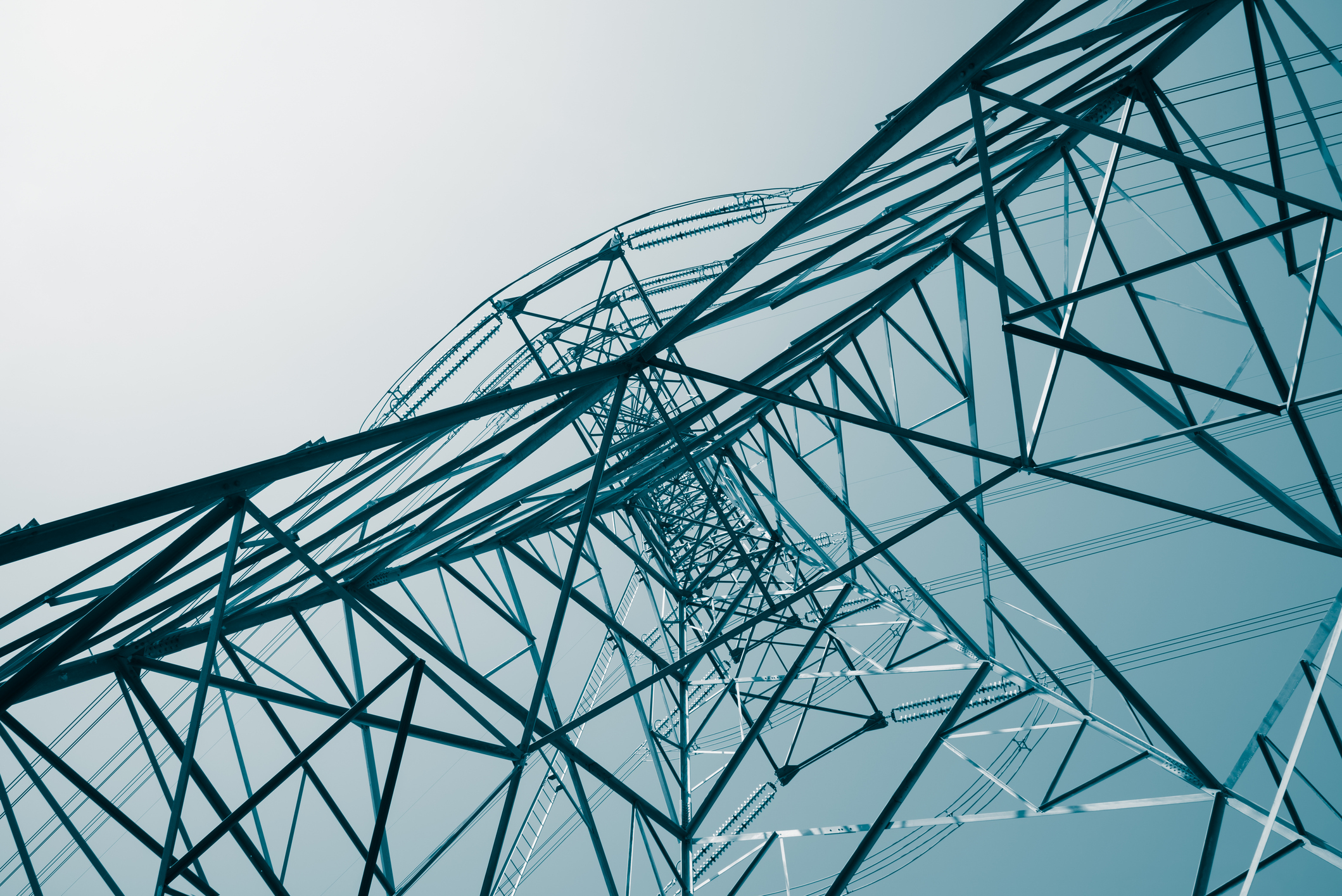Planned projects across the country could grow clean electricity capacity by a third
The transition to clean electricity in Canada has made headlines recently due to friction between the provinces and federal government. If that’s all you read, you might be left with the impression that Canada’s clean electric future has stalled out before it started.
But look closer at what the provinces are actually doing: there’s remarkable progress, with more to come. Most provinces are building out their electricity systems with massive investment in new, emissions-free electricity generation.
That’s good news for Canada’s climate goals and economic future. Clean electricity will be critical to meeting the national emissions targets. It will create employment opportunities for skilled, accredited labour. And it’s increasingly a must-have for large business investments across the country.
Canada has a lot of clean electricity—and is about to get even more
Already, Canada is in an enviable position, having one of the cleanest grids in the world. Nearly 85 per cent of electricity in the country is non-emitting. And that number is only set to grow.
Currently, non-emitting electricity projects that are planned or under construction are set to increase Canada’s clean electricity capacity by a third. Data from S&P Global show that if all clean electricity projects currently planned or under construction are successfully implemented, clean electricity capacity would grow by an additional 32 per cent (Figure 1).
Excluding hydroelectricity, the capacity of all other non-emitting technologies is expected to double. The growth in added capacity is expected to largely come from new wind and solar projects, which together contribute to over two thirds of newly added capacity. Future projects are also expected to outpace the decrease in capacity from planned retirements—notably from nuclear power in Ontario—resulting in a net increase of 51,701 megawatts (MW) across the country.
A closer look at provincial and territorial action
So what are each province and territory—who have jurisdiction over electricity—doing? Each has a unique mix of electricity generation and its own market and regulatory structure, which can make the overall picture complex. But make no mistake, clean electricity projects are being planned and under construction across the country (Figure 2). And taking into account the current commitments from provincial and territorial governments, future clean electricity capacity is likely to grow even more.
In Quebec, as a first step in its plan to double electricity generation by 2050, Hydro-Québec will invest up to $185 billion in the coming 12 years alone. This initial investment will focus on improving grid reliability, building out 15,000 MW of new renewable energy capacity, doubling energy efficiency savings and vastly expanding the power grid.
Ontario is planning on building 5,000 MW of new renewable energy and small modular nuclear reactors, renewing hydro and nuclear fleets, improving connections with Quebec’s grid, and developing long-duration storage like pumped hydro—alongside the largest battery storage additions in Canada.
In B.C., the provincial utility started its quest to build 3,000 gigawatt hours of new renewable electricity each year starting in 2028 with a new call for proposals.
In Manitoba, Premier Wab Kinew has directed cabinet to make the province’s grid net zero by 2035 in support of a plan to make the province net zero by 2050, and is planning to double or triple its grid capacity over the next two decades.
Atlantic Canada has a similar story to tell. Newfoundland and Labrador is going all-in on substantial amounts of onshore wind energy. PEI is building out its solar capacity. And New Brunswick and Nova Scotia have agreed to work with the federal government on phasing out the last of their coal fleet.
The territories face tougher challenges than most, and yet important steps are being taken in Yukon, Northwest Territories and Nunavut to help secure clean, reliable, affordable energy.
Saskatchewan has committed to expanding its non-emitting supply to between 40 and 50 per cent by 2030, which would cut emissions from its grid roughly half from 2005 levels. And SaskPower is aiming to add 3,000 MW of renewable energy to the grid by 2035.
And finally, Alberta has hosted the vast majority of Canada’s new wind and solar energy investments for several years running, and became officially coal-free this month. It’s one of the biggest emissions-reduction policy successes in Canadian history, driven in large part by the province’s industrial carbon pricing system. While the government’s recently-announced market and transmission system reforms are creating some uncertainty in the sector, there are helpful changes happening in parallel. For example, recently implemented regulatory changes will enable more energy storage to complement a growing share of renewables on the grid.
Better policy will mean even better results
There’s much more work to be done to support the bigger, cleaner, smarter grids that Canada needs. By 2050, Canada’s electricity capacity needs to grow by 2.2 to 3.4 times bigger than today.
But crucial early steps are already being taken across Canada’s provinces and territories. These actions are putting the country on a trajectory toward ensuring that Canada has the abundant, affordable, reliable power we need, now and into the future.
The progress is unmistakable. We just need to keep building on it.
Jason Dion is Senior Research Director with the Canadian Climate Institute. Arthur Zhang is a Research Associate with the Canadian Climate Institute.
